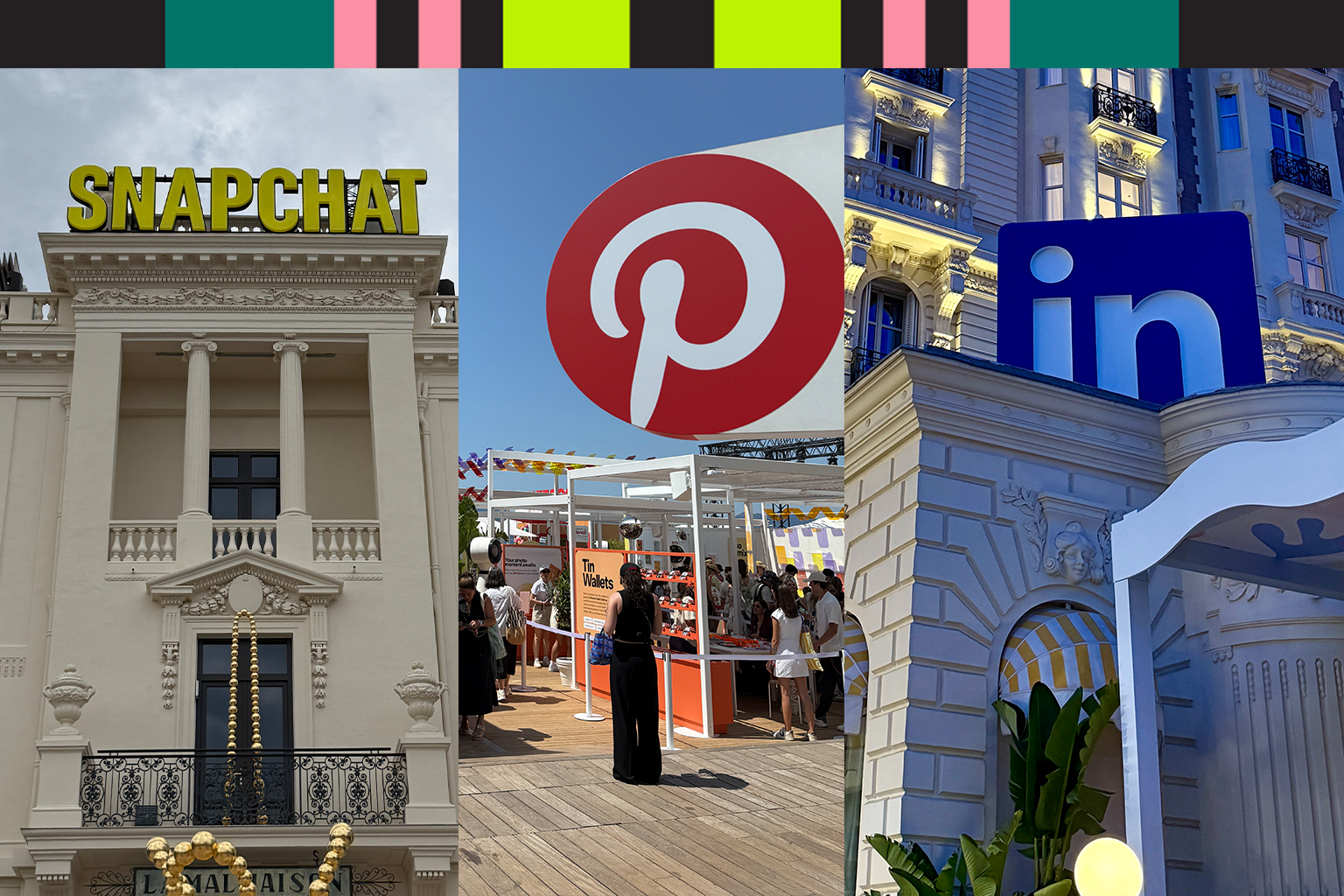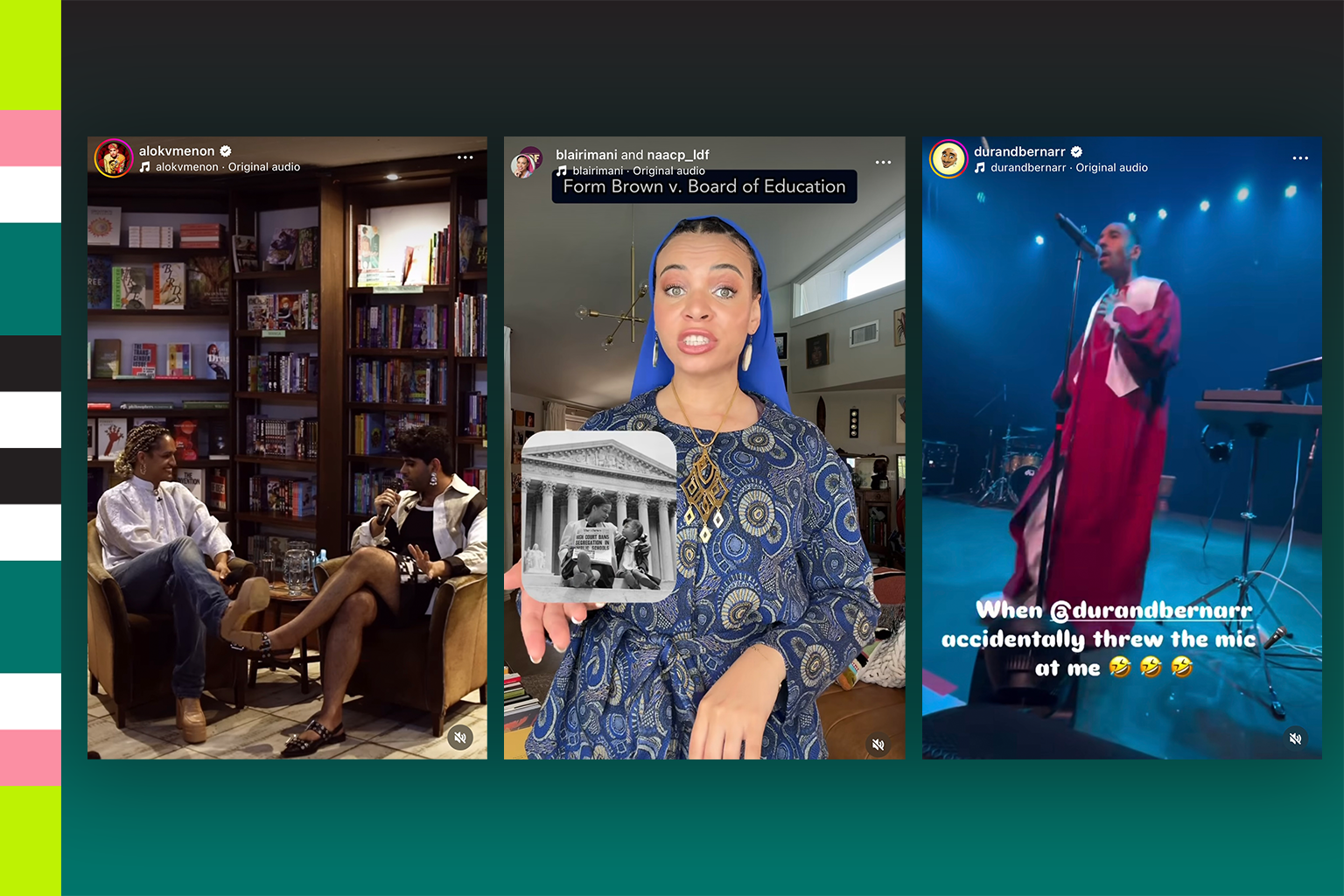Anyone who manages social media on behalf of a brand knows the frustration of seeing little to no post interaction, despite posting decent content. Facebook’s organic reach has taken a nosedive in recent months, making Facebook advertising a requirement in order to reach your fan base.
The MSP Social Media Breakfast on April 14th was all about Facebook ads. Presenters Arik Hanson and Dan Olson provided eight valuable lessons:
 Dan illustrated these first two tips through a case study on his work with Meijer, a chain similar to superstores Target and Walmart. Meijer’s primary goal in this instance was to drive registration to their loyalty program. By geographically and demographically targeting ads offering a free item for loyalty members, Meijer was able to capture new registrations through Facebook. The ads were specific to their intended audience, and the in-store action (visiting a Meijer location to redeem the free item) was a natural leap from signing up for the loyalty program as prompted by the Facebook ad.
Dan illustrated these first two tips through a case study on his work with Meijer, a chain similar to superstores Target and Walmart. Meijer’s primary goal in this instance was to drive registration to their loyalty program. By geographically and demographically targeting ads offering a free item for loyalty members, Meijer was able to capture new registrations through Facebook. The ads were specific to their intended audience, and the in-store action (visiting a Meijer location to redeem the free item) was a natural leap from signing up for the loyalty program as prompted by the Facebook ad.
Next, Arik used examples from On the Green Line to explain lessons three and four.

On the Green Line is a project that was developed to promote the new Green Line of the Light Rail and the businesses surrounding it. Arik found great success in using promoted posts to highlight restaurants that were on the Green Line and evoke engagement from fans who were proud advocates of these businesses. Beautiful photos were a big part of these ads as well:

The strategy for On the Green Line’s Facebook page was Build. Amplify. Engage. The page started out by running Like Drive ads, then moved on to amplifying content with Promoted Posts, and then sought to keep fans engaged with new content and news about the Green Line.

Dan used Red Stamp (one of our favorites!) as an example for this lesson. They were able to use Mobile App Install ads to drive 17,000 downloads from Facebook in two months. Since Red Stamp’s potential users were already on mobile, using mobile ads was an effective way to target them and get them to try the app. Plus, mobile ads are generally more cost effective than desktop.

The last three lessons came via Arik from his work on the Bike Walk Move Facebook page. The goal of the Bike Walk Move campaign is to get Minneapolitans up and out biking, walking, and (you guessed it) moving! The organization isn’t trying to drive sales or generate foot traffic to a specific spot, so it was a unique campaign for Arik.
Bike Walk Move created some infographics, then repurposed them as promoted posts on Facebook. As you’ve probably heard over and over again, visual content drives more engagement than just text alone. The page also promoted posts that were focused on driving engagement in order to boost likes, comments, and shares.
The last lesson was executed in an intuitive way. Upon discovering that the most clicked pages on the Bike Walk Move website contained bike maps, Facebook content shifted to promoting bike maps more frequently.
Have you learned any lessons in your experiences with Facebook Ads?
Comment below or send us a tweet!



